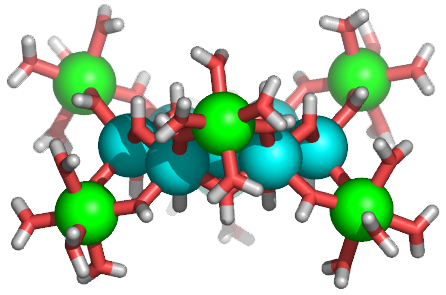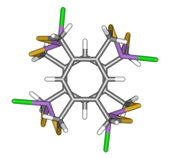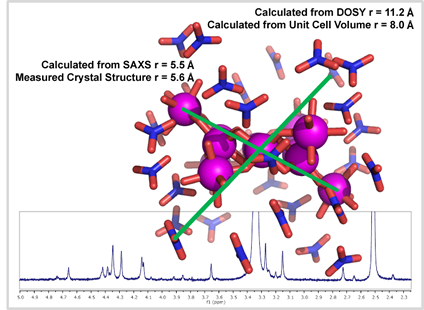The process of surface modification allows us to combine the structural properties and advantages of mesoporous materials with the chemical functionality of organic compounds. This allows for a high surface area material that can remove contaminants from water via binding with the organic compound. For this application, their high degree of functionality and high-affinity surface chemistries permit a relatively small amount of material to effectively treat a large volume of water. Our goal is to explore surface chemistries that will allow for high performance sorbent materials which are regenerable or recyclable. We are approaching this goal by developing non-covalent, supramolecular surface modification techniques. Supramolecular attachment of organic molecules to surfaces allows us to avoid the necessity of optimizing the attachment for each class of organic molecules and avoids protection/de-protection procedures necessary to attach delicate or reactive functional groups. In this way, supramolecular modification processes reduce the costs of material research and development, as well as the costs of material production and use. This project is collaborative with Pacific Northwest National Lab (PNNL) and typically students working on this project complete an intership at PNNL.
Pacific Northwest National Lab (PNNL)
| 






